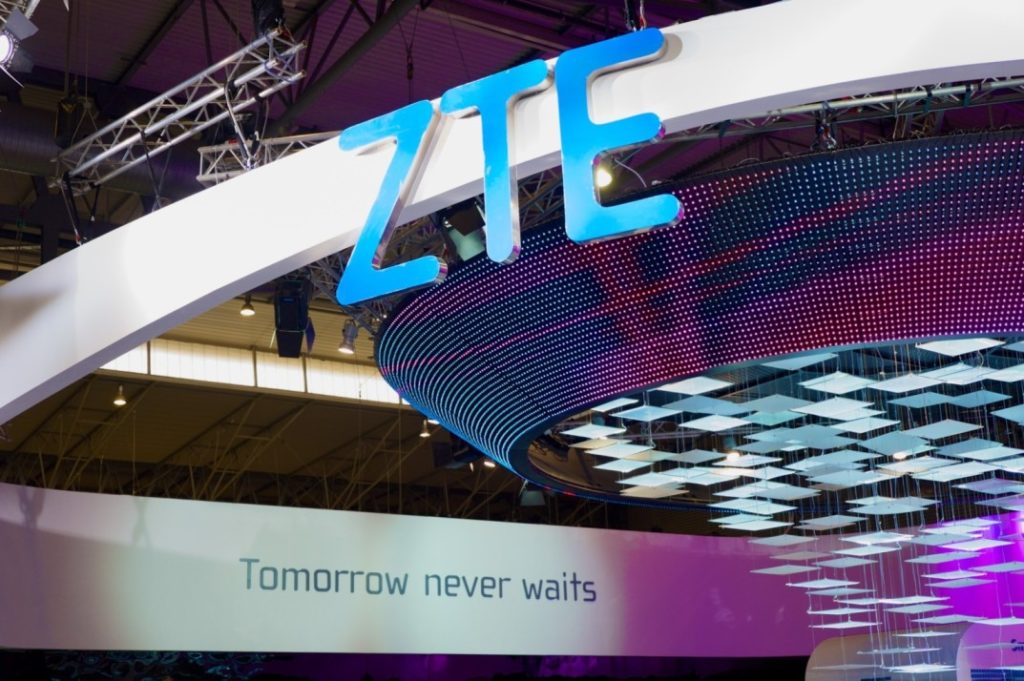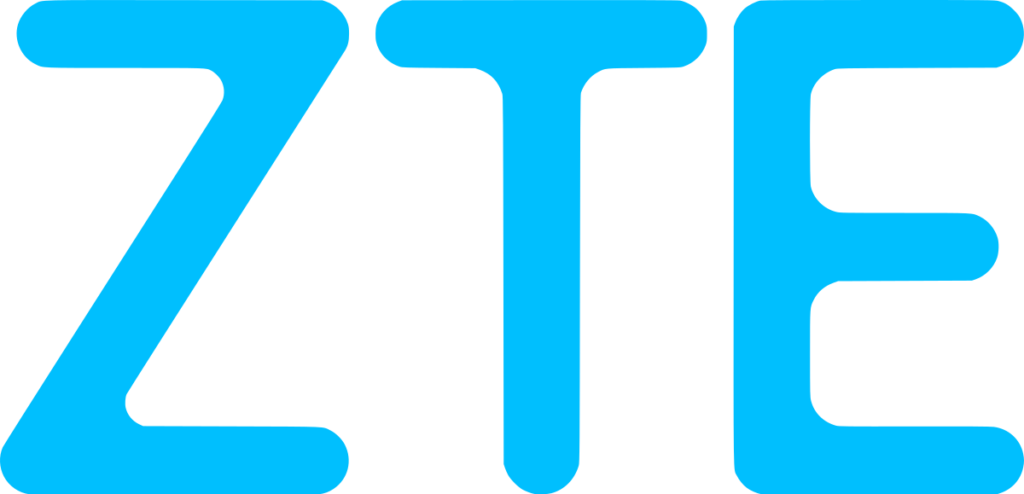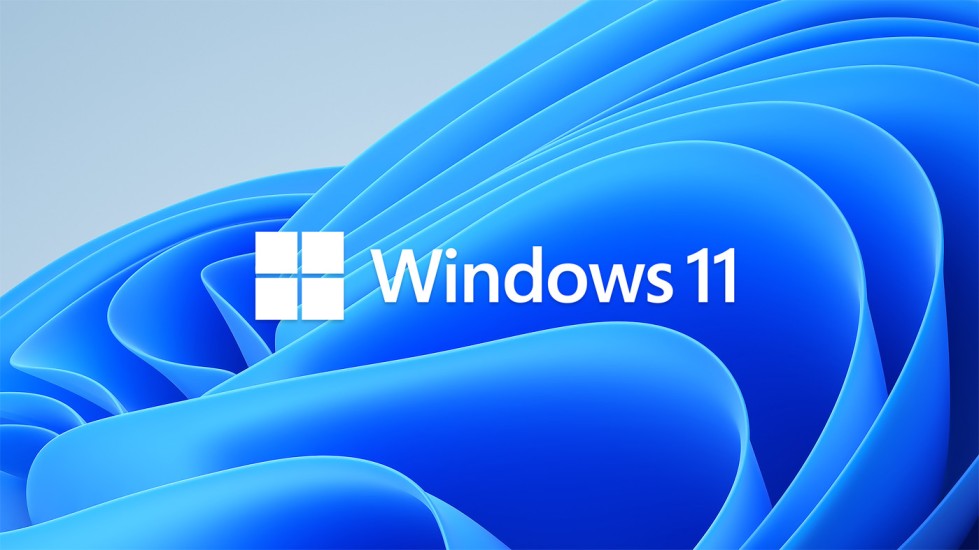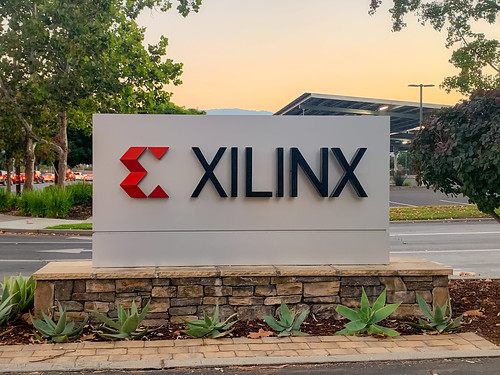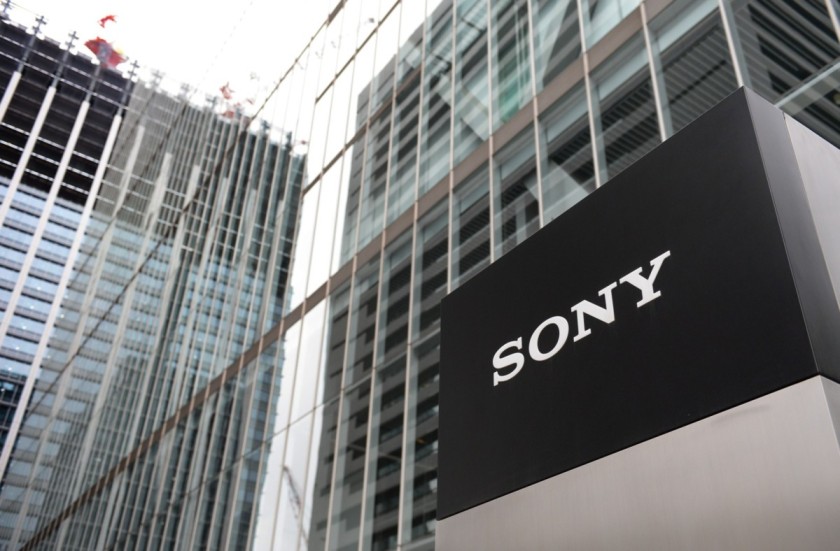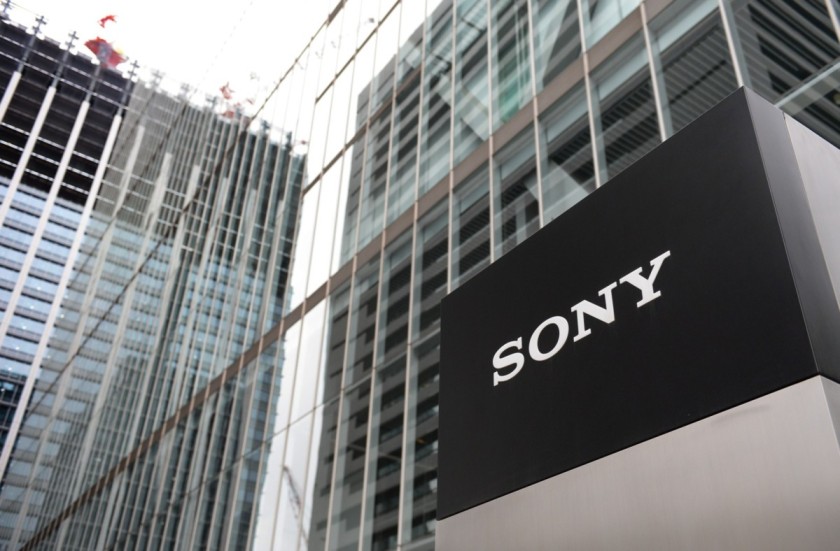HCL Technologies – The Foundation Stone of the Pillar Of Indian IT Industry
HCL Technologies is an Indian IT services and consulting company, the foundation stone of the Indian IT industry and way ahead of its time. Shiv Nadar founded HCL 44 years ago on 11 August 1976, with the idea of making computer hardware easily accessible to Indian consumers and HCL a common household brand. HCL Technologies is a multinational company with its headquarters located in Noida, India. The company specializes in software development, computer hardware manufacturing, outsourcing, consulting managed services, etc.
About HCL Technologies
HCL Technologies has a huge client base across the world, over 250 Fortune 500 companies being some of them. The company has expanded its operations overseas and has its offices located in countries like the US, the UK, France, Germany, etc., and over 160,00 people are working for it globally. The fields the company works in include banking, capital market, defense, aerospace, healthcare, hi-tech, insurance, media and entertainment, telecom, travel, etc. As of 2021, the company made revenues worth US$11 billion and owns total equity worth US$8.3 billion.
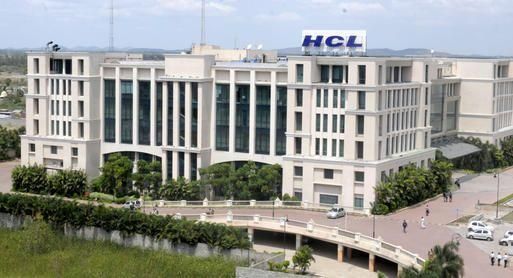
The Back Story of HCL Technologies
In 1976, Shiv Nadar lead a team of five people, all colleagues from Delhi Cloth & General Mills, to establish a teledigital calculators selling company named Microcomp Limited. The sole reason behind founding the company was to achieve their dream of starting up a computer manufacturing and selling company and raise money for it. On 11 August the same year, Nadar renamed Microcomp Limited to Hindustan Computer Limited.
Yet again, another name change took place, when in 1991 the founder built another company to provide technology development services with the name HCL Overseas Limited. This was the beginning of a new chapter as the new company was doing exactly what the founders had dreamt of, making and selling computers. In 1992, the company received the certificate of commencement of business, and the company started its journey as an authorized computer manufacturer and seller. The company became HCL Consulting Limited in 1994.
In 1999 the R&D department of the HCL group became HCL Technologies Limited. HCL Technologies, HCL Infosystems, HCL Healthcare, HCL TalentCare are the four divisions of HCL Corporation. HCL Technologies is specifically into software services, business process outsourcing, and infrastructure services. The company is credited as the pioneer of the development and growth of the IT and computer industry in India.
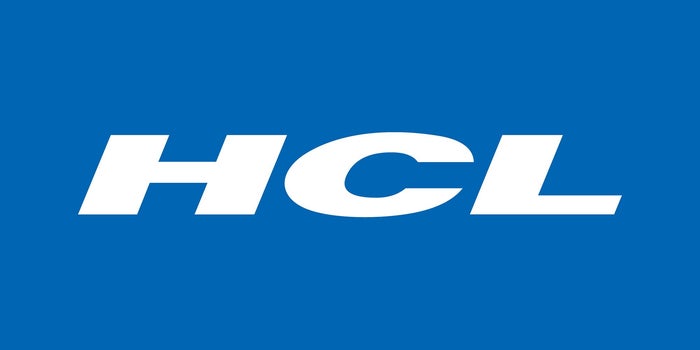
Though during the initial years of the company, Hindustan Computer Limited was selling teledigital calculators, the company’s focus was entirely on building personal computers and related hardware. It developed an indigenous microcomputer in 1978, and in 1980, the company opened its first international company branch in Singapore to sell IT hardware, with the name Far East Computers.
In 1983, it also introduced a networking OS and client-server architecture. During the 90s, the company targeted the software solutions development for its US and European clients as well as the APAC market. On 10 November 1999, HCL had its first IPO, and it also established a development center in Chennai in 2000.
Acquisitions
Starting from the year 2000, HCL has made some big acquisitions in the field of service outsourcing, telecommunication services, SAP, CRM-consulting, automation, IT and engineering service, etc. It acquired Gulf Computers Inc. in 2002. Between 2008 to 2009, the company made acquisitions like Capital Stream Inc., Liberata Financial Service, Control Point Solutions, Inc., Axon Group Plc. and UCS Group’s Enterprise Solutions SAP Practice.
In 2015, the company acquired Concept to Silicon Systems and PowerObjects, followed by the acquisition of Geometric Ltd (2016), Part of Volvo IT (2016), Butler America Aerospace (2017), H&D International Group (2018), Actian (2018), and Sankalp Semiconductor (2019), etc.
The Founder: Shiv Nadar
Shiv Nadar is a famous Indian businessman who founded HCL Technologies in 1976. He is known for his innovative approach to business and is credited for his contribution to the growth of the IT industry in India. He is one of the richest people in India and has won one of the biggest honors of India, Padma Bhushan, for his efforts in the development of the IT industry in India.
Nadar was born on 14 July 1945, in Moolaipozhi, Tamil Nadu, India. During his childhood, he switched between multiple schools and completed his high school education at St. Joseph Boys Higher Secondary School, Trichy. He earned a pre-university degree in the American College, Madurai, and completed a bachelor’s degree in Electrical and Electronics Engineering from PSG College of Technology, Coimbatore.
Nadar started his career at Walchand group’s College of Engineering, Pune (COEP), in 1967, but left the job to found his own company, which today is known as HCL Technologies.

Yashica is a Software Engineer turned Content Writer, who loves to write on social causes and expertise in writing technical stuff. She loves to watch movies and explore new places. She believes that you need to live once before you die. So experimenting with her life and career choices, she is trying to live her life to the fullest.
